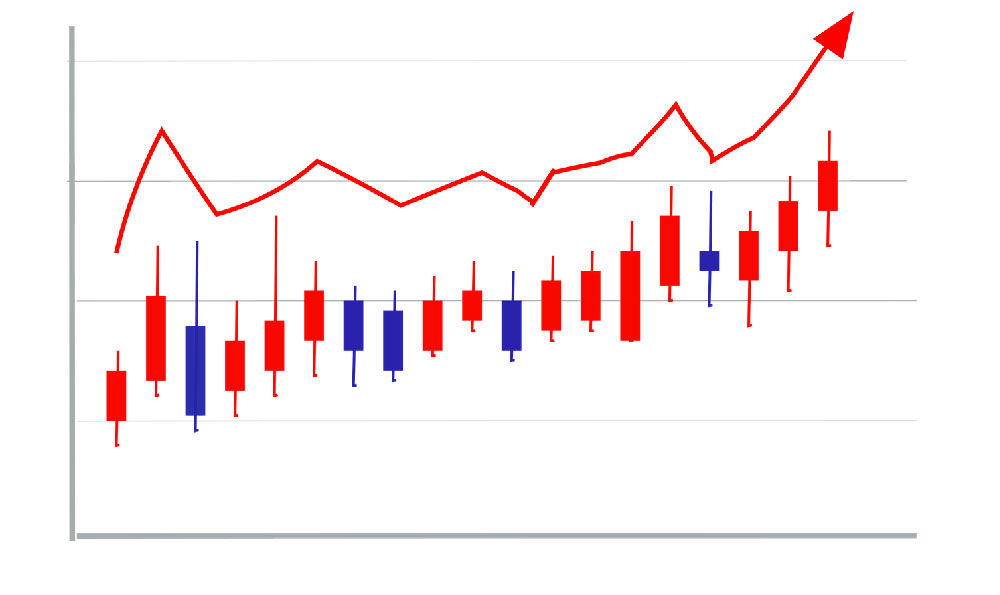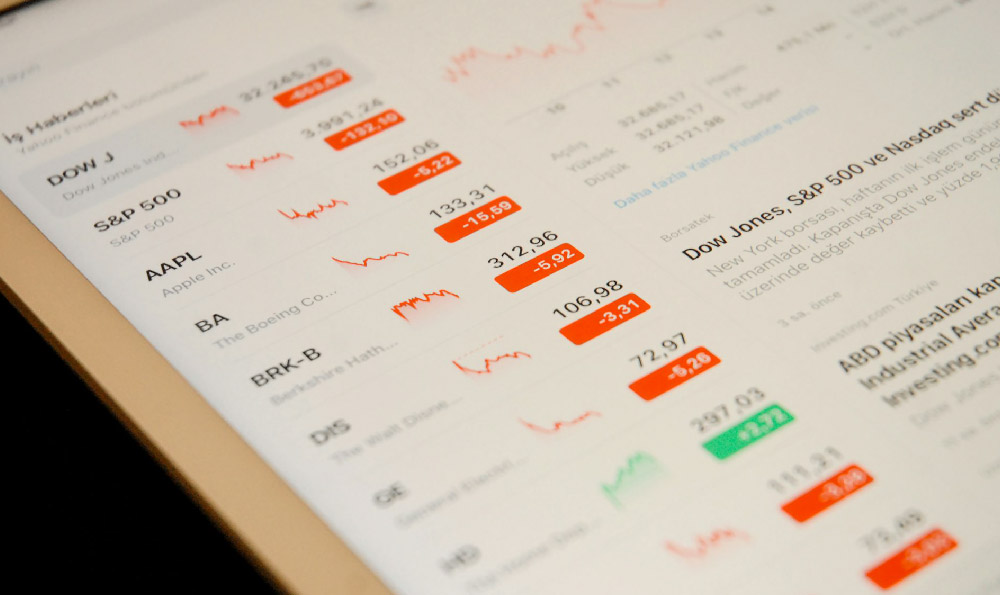Day trading in the cryptocurrency market represents a high-risk, high-reward approach that has attracted both novice and seasoned investors. While the allure of quick profits from rapid price fluctuations often drives participants to this strategy, the reality demands a nuanced understanding of market mechanics, disciplined execution, and an awareness of the structural challenges inherent to this practice. The digital asset space, characterized by its 24/7 trading cycle and extreme volatility, presents unique opportunities that must be navigated with care. For those who seek to leverage these markets effectively, it’s essential to recognize that success in crypto day trading hinges not solely on market timing but on a combination of analytical rigor, emotional control, and strategic foresight.
The cryptocurrency market operates under a different set of dynamics compared to traditional financial markets. Its decentralized nature, coupled with the influence of social media, macroeconomic shifts, and regulatory developments, creates an environment where price movements can be both highly unpredictable and extraordinarily rapid. This volatility, while a potential source of profit, also amplifies the risks of losing capital quickly. A day trader in this space must be acutely aware of the factors that drive these fluctuations, such as blockchain protocol upgrades, institutional investment flows, and geopolitical events. For example, the announcement of a major exchange listing or a regulatory crackdown in a specific region can trigger massive price swings within minutes, presenting both opportunities and pitfalls for those unprepared to handle such scenarios.
A critical aspect of evaluating the profitability of crypto day trading is the analysis of technical indicators. Traders often rely on tools like moving averages, RSI (Relative Strength Index), and Bollinger Bands to identify entry and exit points. However, these indicators must be interpreted within the broader context of market sentiment and fundamental factors. The RSI, for instance, can signal overbought or oversold conditions, but in a highly speculative market like crypto, such signals may not always align with long-term value. Similarly, the use of candlestick patterns—such as the “head and shoulders” or “double top”—can provide insights into potential price reversals, yet these patterns are frequently influenced by short-term noise, including pump-and-dump schemes or algorithmic trading strategies. A skilled trader understands that no single indicator is infallible and that combining multiple analytical frameworks is crucial for reducing uncertainty.

The psychological dimension of day trading in crypto cannot be overstated. Unlike traditional markets, where price movements tend to follow more predictable cycles, the crypto market is often subject to speculative frenzies and market corrections that test a trader’s discipline. The pressure to react swiftly to constantly changing conditions can lead to impulsive decisions, especially for those with limited experience. A successful trader must cultivate the ability to remain detached from emotional responses, adhering to pre-defined rules rather than chasing perceived opportunities. This mental fortitude is particularly important given the prevalence of informational asymmetry, where large institutional players or influencers may manipulate market perception, leading to irrational price movements.
Risk management is another cornerstone of effective crypto day trading. While the market’s volatility can magnify gains, it also accelerates losses for those who fail to implement safeguards. A fundamental principle is to never allocate more than a small percentage of one’s portfolio to high-stakes trades, typically no more than 1-2%. Additionally, setting strict stop-loss orders and taking profits at predetermined levels are essential to limit exposure to adverse price movements. The use of leverage, though tempting, increases the likelihood of margin calls and forced liquidation, especially during sudden market crashes. For instance, during the 2022 crypto bear market, many traders who used leveraged positions faced devastating losses when prices plummeted without warning.
Despite its challenges, crypto day trading can be a viable strategy for those who approach it with a comprehensive plan. A disciplined trader might focus on specific asset classes, such as altcoins with strong fundamentals or stablecoins with predictable price patterns, to mitigate some of the market’s unpredictability. Moreover, understanding the liquidity of different cryptocurrencies is vital; trading illiquid assets can lead to slippage and execution risks. Regularly reviewing and adjusting strategies based on market conditions is also necessary, as the crypto landscape evolves rapidly due to technological advancements and regulatory changes.
The question of whether one can “earn big money” through day trading depends largely on the trader’s approach, resources, and attitude toward risk. While some traders have achieved substantial returns—such as the case of a trader who capitalized on the Bitcoin halving event in 2020—these outcomes are often the result of a well-structured strategy rather than luck. Conversely, the market’s inherent risks mean that many participants may experience losses, particularly if they lack the knowledge or patience required to sustain a long-term approach. It is important to recognize that consistent profitability requires not only technical ability but also the capacity to adapt to changing market environments and avoid common pitfalls like overtrading or ignoring macroeconomic trends.
In conclusion, day trading in cryptocurrency is a complex activity that demands both skill and caution. While the potential for significant returns exists, it is accompanied by heightened risks that can be mitigated through careful planning, continuous learning, and strict adherence to risk management principles. For those considering this path, it is advisable to start with small positions, diversify strategies, and prioritize long-term growth over short-term gains. Ultimately, the key to success lies in balancing ambition with prudence, ensuring that the pursuit of profit does not overshadow the need for informed decision-making and financial security.












